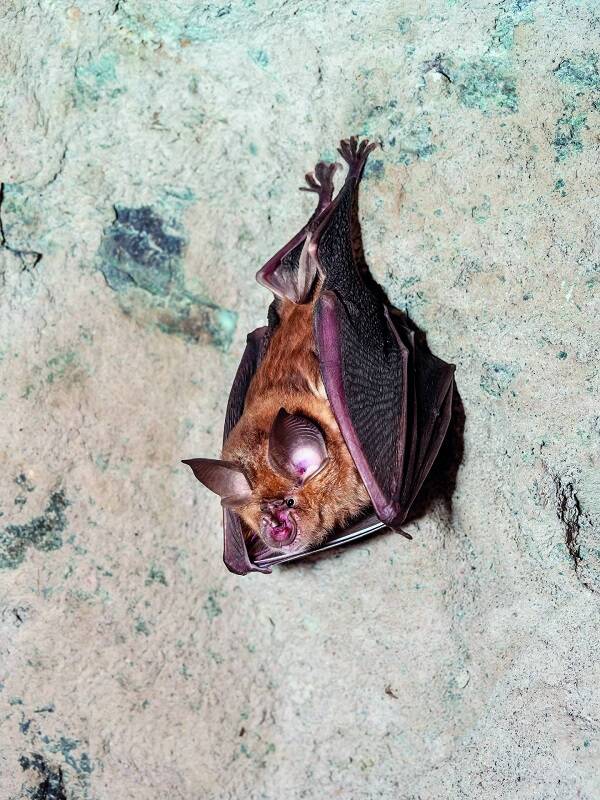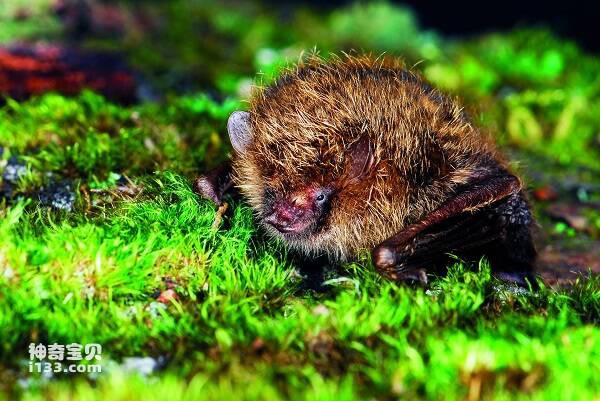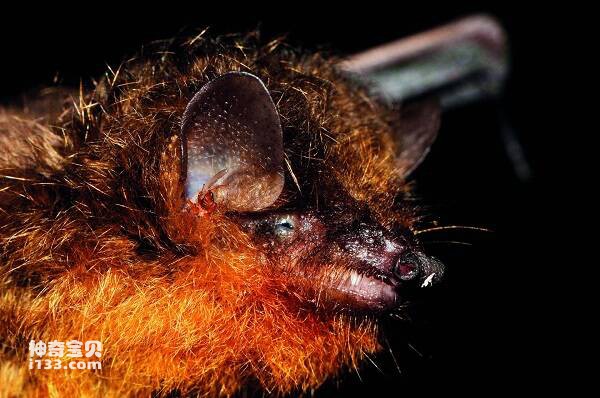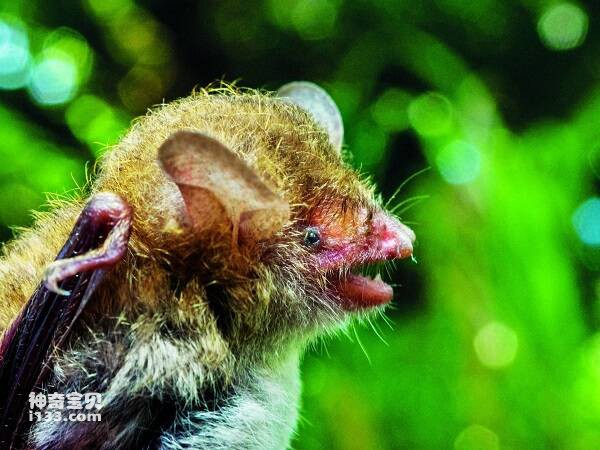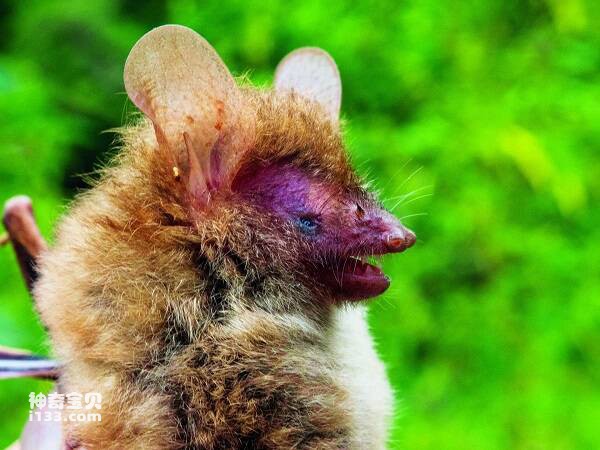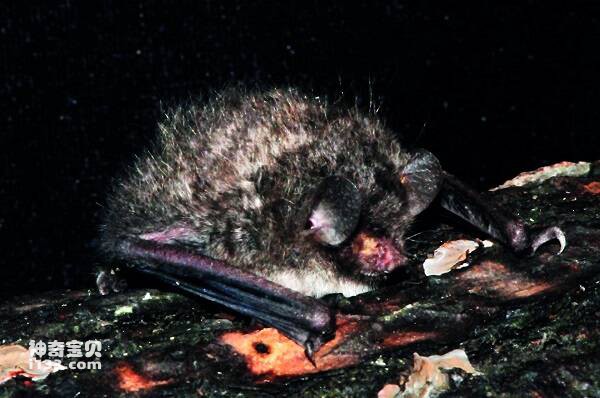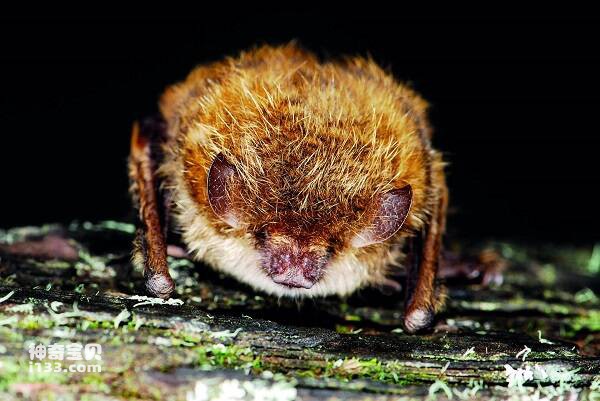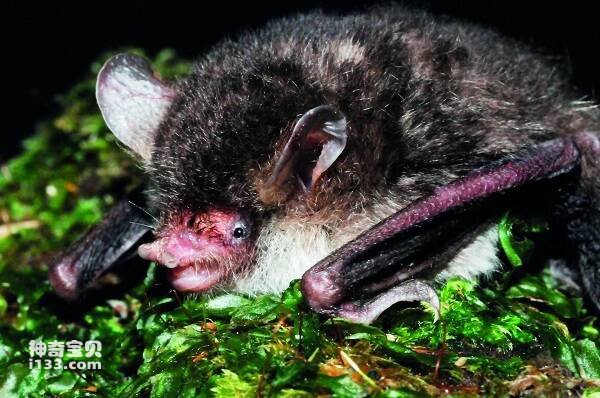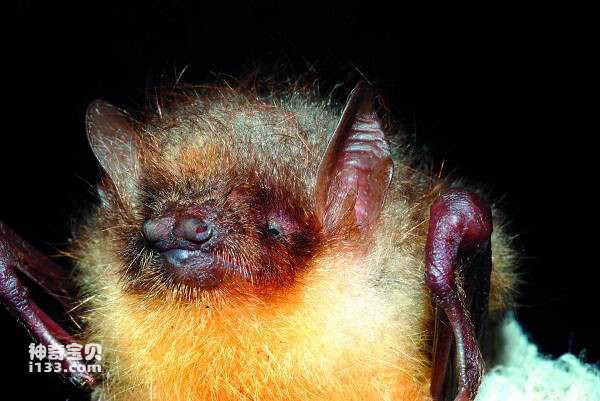Greater Horseshoe Bat
IUCN
LCBasic Information
Scientific classification
- name:Greater Horseshoe Bat
- Scientific Name:Greater Horseshoe Bat
- Outline:Chiroptera
- Family:Pterodactyla Chrysopteridae Chrysopterus
Vital signs
- length:
- Weight:
- lifetime:
Feature
The ears are large and slightly broad, with pointed ends
Distribution and Habitat
In China, it is distributed in Jilin, Liaoning, Hebei, Henan, Shanxi, Shaanxi, Guizhou, Sichuan, Yunnan, Guangxi, Zhejiang, Fujian, Guangdong, Chongqing and Anhui provinces. It is distributed abroad in most areas of Palaearctic realm.
Horseshoed bats live in natural caves, high-rise buildings or temples at altitudes of 1000-1500m.
Appearance
Larger species. Forearm length 58-64mm. The ears are large and broad, without tragus, but with opposite tragus. The saddle leaf is concave on both sides, the junction leaf is low and round, and there is a concave lack between the saddle leaf and the parietal leaf. The parietal leaf is nearly triangular. The tail is very long, and the interfemoral membrane is developed and pyramidal. Dorsal coat light tan, coat base light grayish brown. Ventral hair is grayish brown. Membrane between alar and femoral brown.
Details
There are species of mouse-eared bat and Oriental bat in the roost cave. During the day and night, sleep between stone cracks or wall cracks during the day, hanging alone on the stone wall, hanging with two limbs and upside down on the stone wall, forelimbs wrapped around the body, when external sound and light radiation, some are deep paralysis, some individuals are frightened to fly away, the first head out, frequent left and right swing, ears constantly vibrating, the tip of the nose constantly smelling, To a certain time (about 3 minutes), then take off。
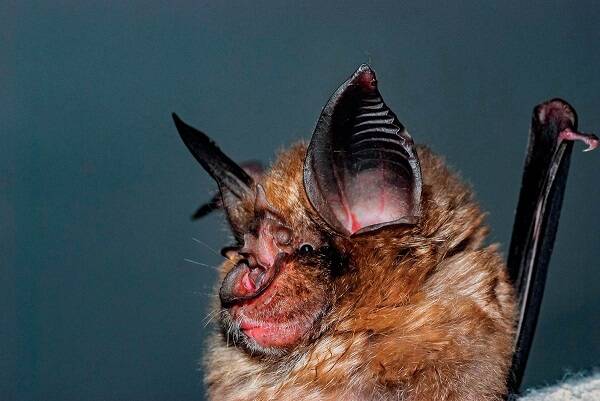
During hibernation in November, a single bat perches in a cave about 10m deep with dripping water and humidity. Most of them are in an inverted pendant position, and they hook cracks or crevices in the rock wall with claws. The left and right forearm bones are parallel near the back, the wing membrane is tilted towards the abdomen and the whole body and most of the head. The muscles on the bones of the forearms were red with cold, alternating with the brown back and dark brown wings like a hanging flower bud. The next year in April.
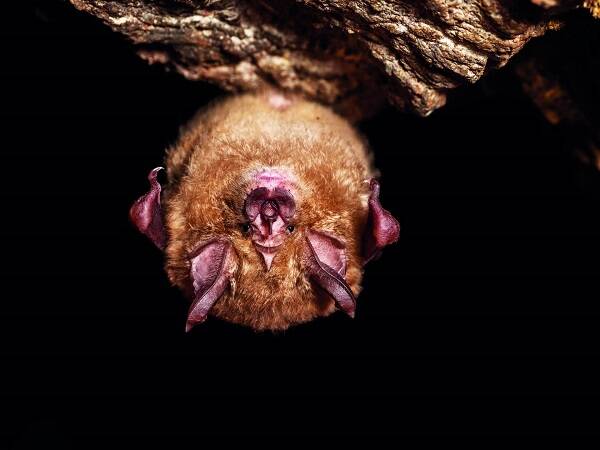
At dusk, horseshoe-headed bats come out to hunt, mainly coleoptera and lepidoptera insects.
The bats give birth in early to mid-June, with 1 child per litter. The newborn bat clenches the breast nipple of the mother, puts its back close to the mother's abdomen, hangs upside down on its feet, or crawls under the mother's belly.
Listed on the International Union for Conservation of Nature (IUCN) 2008 Red List of Threatened Species ver 3.1 - Not Threatened (LC).
